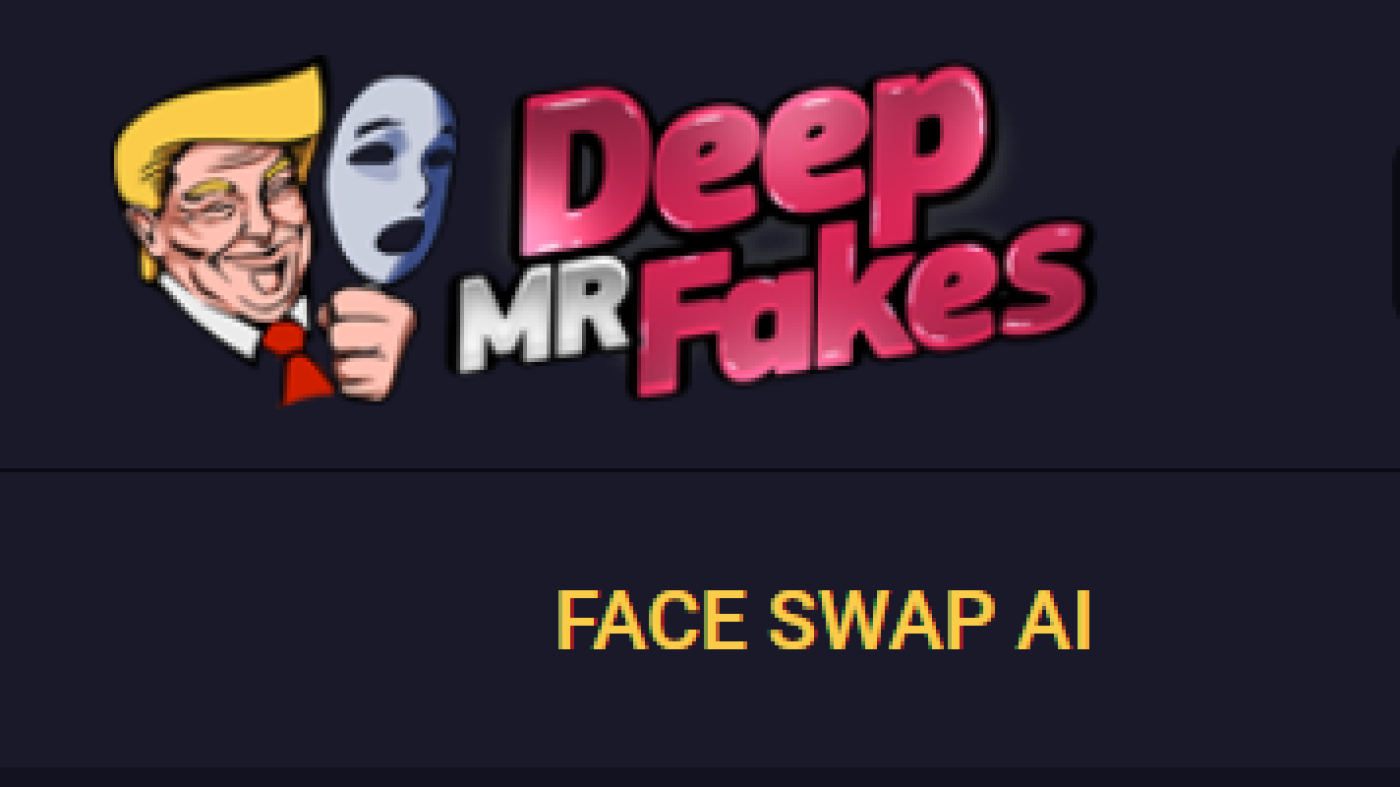“`markdown
The abrupt shutdown of Mr. Deepfakes—one of the most notorious platforms for non-consensual deepfake pornography—signals a pivotal moment in the ongoing struggle to protect digital privacy and dignity. This event isn’t just the demise of a single website; it’s a case study in how ethical, legal, and technological forces can converge to disrupt harmful online ecosystems. Below, we dissect the implications, lessons, and unresolved challenges this shutdown reveals.
—
The Rise and Collapse of a Digital Predator
Mr. Deepfakes emerged in 2018 as a hub for AI-generated explicit content that superimposed individuals’ faces onto pornographic material without their consent. Its infamy was compounded by its brazen branding—a cartoonish depiction of Donald Trump holding a theatrical mask—which seemed to mock the very concept of accountability.
The site’s downfall was as sudden as its rise. When a critical third-party service provider severed ties, Mr. Deepfakes lost access to essential infrastructure, rendering it inoperable overnight. The terse shutdown notice—*”A critical service provider has terminated service permanently”*—masked a deeper truth: platforms built on exploitation are often fragile, reliant on networks that can dissolve under legal or ethical scrutiny.
This vulnerability exposes a tactical advantage for activists and lawmakers: targeting the supply chains that enable such platforms (e.g., hosting services, payment processors) can be more effective than direct legal action against the sites themselves.
—
Ethical Quicksand and Legal Gray Zones
The shutdown forces a reckoning with two unresolved dilemmas:
The European Commission’s 2024 proposal to criminalize non-consensual image-sharing sets a promising precedent, but global inconsistency in laws creates havens for bad actors. Legal frameworks must evolve to treat deepfake pornography as a form of digital violence, akin to revenge porn, with uniform penalties across borders.
—
Technology’s Double-Edged Sword
Mr. Deepfakes’ collapse underscores how tech companies inadvertently enable harm. The site’s dependence on a single service provider reveals a pressure point: when companies audit their clients and terminate contracts for unethical use, they can dismantle harmful operations proactively.
However, reactive measures aren’t enough. Proactive steps are critical:
– Detection Tools: AI that identifies deepfakes must outpace the tech used to create them. Watermarking synthetic media and developing “digital fingerprints” for consent could help.
– Industry Collaboration: Cloud providers, social media platforms, and financial intermediaries need shared ethical standards to starve exploitative sites of resources.
Yet, technology alone can’t solve this. Human oversight remains essential to interpret context—for example, distinguishing satire from malicious impersonation.
—
The Human Toll and Societal Wake-Up Call
For victims, the shutdown is a rare victory. Deepfake pornography inflicts lasting trauma, from reputational damage to psychological distress. The message here is clear: accountability is possible, even in the digital Wild West.
For society, this incident is a referendum on values. It asks:
– Do we prioritize profit over ethics? Service providers must weigh revenue against the human cost of hosting harmful content.
– Are users complicit? Public demand fuels these platforms. Education campaigns could reduce consumption by highlighting the real-world harm.
—
The Future: An Endless Arms Race?
Mr. Deepfakes’ demise won’t eradicate deepfake pornography. New platforms will emerge, leveraging decentralized tech like blockchain to evade shutdowns. The response must be equally adaptive:
—
Conclusion: A Battle Won, Not the War
The shutdown of Mr. Deepfakes is a milestone, but it’s also a warning. For every site taken down, others will adapt—unless systemic solutions address the root causes: lax laws, fragmented enforcement, and a culture that too often treats digital exploitation as inevitable.
The path forward demands collaboration: lawmakers closing loopholes, tech companies auditing their supply chains, and users rejecting exploitative content. The digital age’s promise shouldn’t include a right to violate consent. This is a fight for the soul of the internet—one where ethics must scale as fast as technology.
“`











